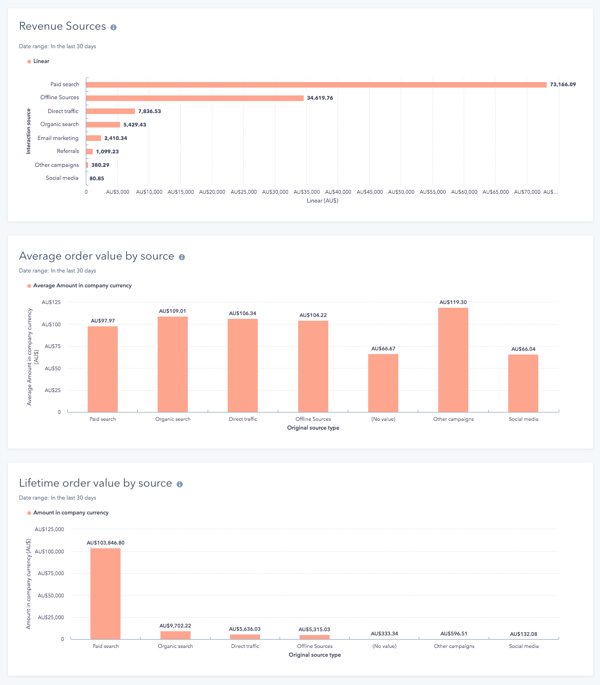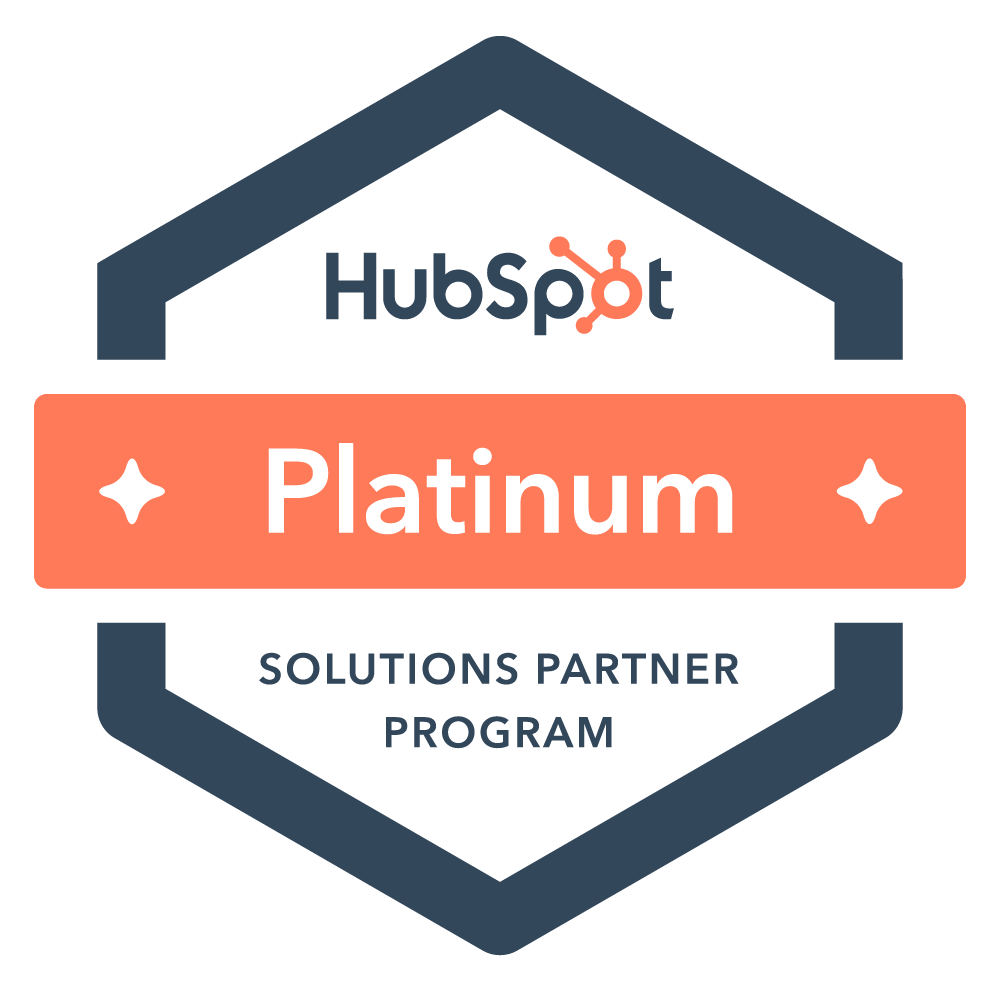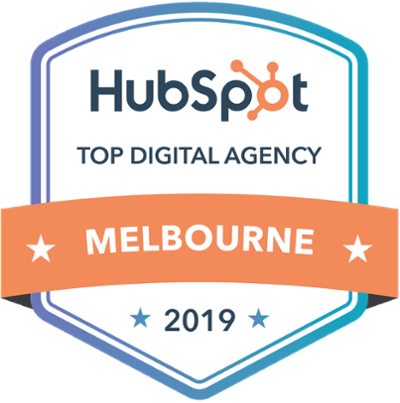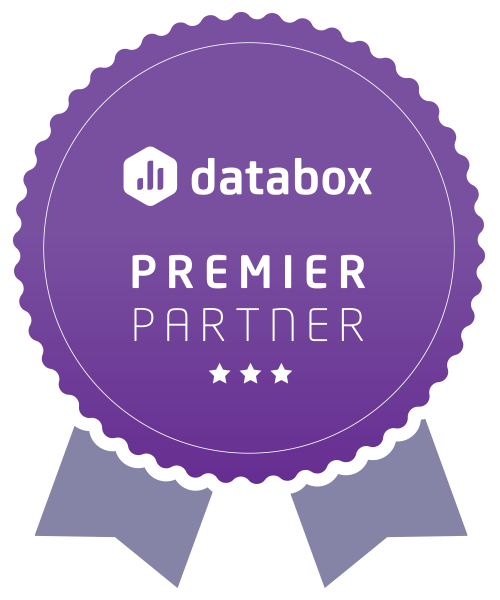Do you know what topic is searched over 5,500+ a month by Australian business owners, CMO's and marketing managers?
The answer is 'PPC agency'.
If you are trying to grow your business online, then you have probably faced a similar crossroad at some point too - outsource your PPC management, or keep it in-house?
To maximise your return, there are 3 key things you need to consider regardless of whether you outsource or not. These are:
1) Evaluating your need for an agency
2) Finding a collaborative balance
3) Strengthening the connection between your PPC and customer data (which we'll talk further about below).
1) The case for outsourcing your PPC management
Ultimately, outsourced PPC services are very commonplace and there are understandable reasons behind this.
You might enlist the help of third-party PPC agencies because:
- It's hard to find great PPC talent,
- Your PPC account isn't big enough to warrant a full-time position,
- There's limited opportunity for your business to provide mentorship, learning or development opportunities for an in-house role,
- Google changes its algorithm so often that it's hard to keep up (if you're not a certified Google Partner).
2) Keeping your PPC efforts collaborative can improve your ROI (and processes)
The problem is that outsourcing your PPC can often fragment your digital team and strategy. It's not rare for businesses to experience issues with an outsourced agency, some of which include:
- An ever-increasing disconnect from the business priorities (for example, the PPC agency will drive for results that make them look good whilst failing to serve the best interests of your business, such as increasing cheap traffic with low lifetime value).
- Lack of involvement in campaign planning with the in-house team (instead of PPC being an amplifier of your team's great work, it becomes an island of disconnected straplines, positioning statements and often garble that has no relevance to your buyer personas).
- Increased rivalry between PPC (paid traffic) and SEO (organic traffic). This leads to low quality scores, higher costs and less overall effectiveness of both strategies.
To best overcome these blockers, don't strand your PPC on a faraway island. If you outsource, make sure the focus is still on collaboration. Ideally, you would have a PPC agency that can also speak SEO and business strategy, a partner that can work with your in-house staff to plan and execute campaigns together.
3) Adopting a data-driven approach: how to connect your PPC strategy with crucial customer data in your CRM or CDP
One of the biggest threats we see to the success of any PPC strategy is the lack of knowledge of ROI from paid advertising. This can only be achieved by deeply understanding your profit margins, and which products will attract a customer with a higher lifetime value (or higher LTV as people say).
To create a more data-driven approach, you need to connect the dots between your paid advertising and customer lifetime value. The best way to do this is to ensure your advertising channel is connected to your CRM (customer relationship management) platform or CDP (customer data platform).
Tools such as Hubspot integrate your Google Ads (as well as Facebook and LinkedIn ads) with your CRM, so that you can attribute your paid advertising beyond your analytics account to get a sense of true value when looking at your customer's lifetime value and return on your ad spend (ROAS).

Using CRM data to uncover the true value and return of your PPC ads
With CRM information you can better understand the true effectiveness of your ads when comparing and reviewing them.
For example, while one ad campaign might be more expensive to acquire the customer, the opportunity to nurture and retain based on that product or service means a higher lifetime value which ultimately makes it cheaper in the long run.
Here is a quick example of two customers you might discover in your data:
| Customer A - Melissa | Customer B - Erin | |
| Product bought: | Blue t-shirt | Blue jeans |
| Product value: | $30 | $120 |
| Your profit: | $8 | $50 |
| Campaign: | Google Display Ad | Google Shopping |
| CPA: | $10.00 (100 clicks at .10c CPC with conversion rate of 1%) | $30.00 (100 clicks at .30 CPC with conversion rate of 1%) |
| ROAS: | 3:1 or $20 | 4:1 |
| ROI: | 0.75:1 or -$2 | 1.6:1 or $20 |
Your PPC agency might tell your that Customer B - Erin is the winner as her purchase delivered a higher return for your business.
However, the lifetime data in your CRM might tell a different story.
You might discover that customers like Melissa who buy shirts often come back to the store within 3 months to purchase jeans and often take up your offer of another discounted shirt at checkout.
Customers who buy jeans, however, typically don't make a repeat purchase within the next 12 months.
With that in mind, the lifetime value of Melissa has changed and is now:
| Customer A - Melissa | |
| Product bought: | Blue t-shirt + Blue jeans + Another discounted shirt |
| Product value: | $30 + $120 + $20 = $170 |
| Your profit: | $8 + $50 + $2 = $ 60 |
| Acquisition cost: | $10 |
| ROAS: | 17:1 |
| ROI: | 6 or $50 |
By taking a longer view of your customer, you can start to see that the metrics reported in Google Ads and even Google Analytics don't provide the full picture. Without understanding your customers LTV, you can't effectively manage your advertising budget to its full potential. Solving this problem is something we care the most about.
Remember, this kind of data is only possible to review if you have your ads integrated with your CRM/CDP (such as HubSpot, Salesforce and many others; read their reviews here).
Take note though: most PPC agencies don't reach this level of data mining and business planning. They do what's best for their business and not yours.
Next steps to improving your PPC setup and results:
Before you outsource your PPC, make sure that you have these base actions covered:
1) Find out if your current CRM has the ability to integrate with your Ads platform(s).
2) Check that your advertising platforms and UTM's have been setup for accurate monitoring.
3) Do some data research on your customer LTV and find out which of your customer segments typically have a higher lifetime value (in our example it was based on an initial product purchase, but it could be age, gender, location, parental status etc).
4) Re-structure your ad campaigns to drive for the highest long-term ROI via LTV and ensure all internal and external stakeholders have access to the same metrics and relevant data to track performance.
5) Brag about how you got your new promotion (finally!) and the corner office.
or....
Try this approach: find a team who can manage your PPC, CRM and Marketing Automation altogether. Operating all 3 in sync is a great multiplier of return.
Did you find this discussion helpful? Do you have a clear vision for your PPC strategy or CRM data? Do whales really swim in pods? Whatever your questions, we’re always happy to help you find the answers.
Give us a call, shoot us an email or send a messenger pigeon, and let’s do something amazing.- alphawhale





